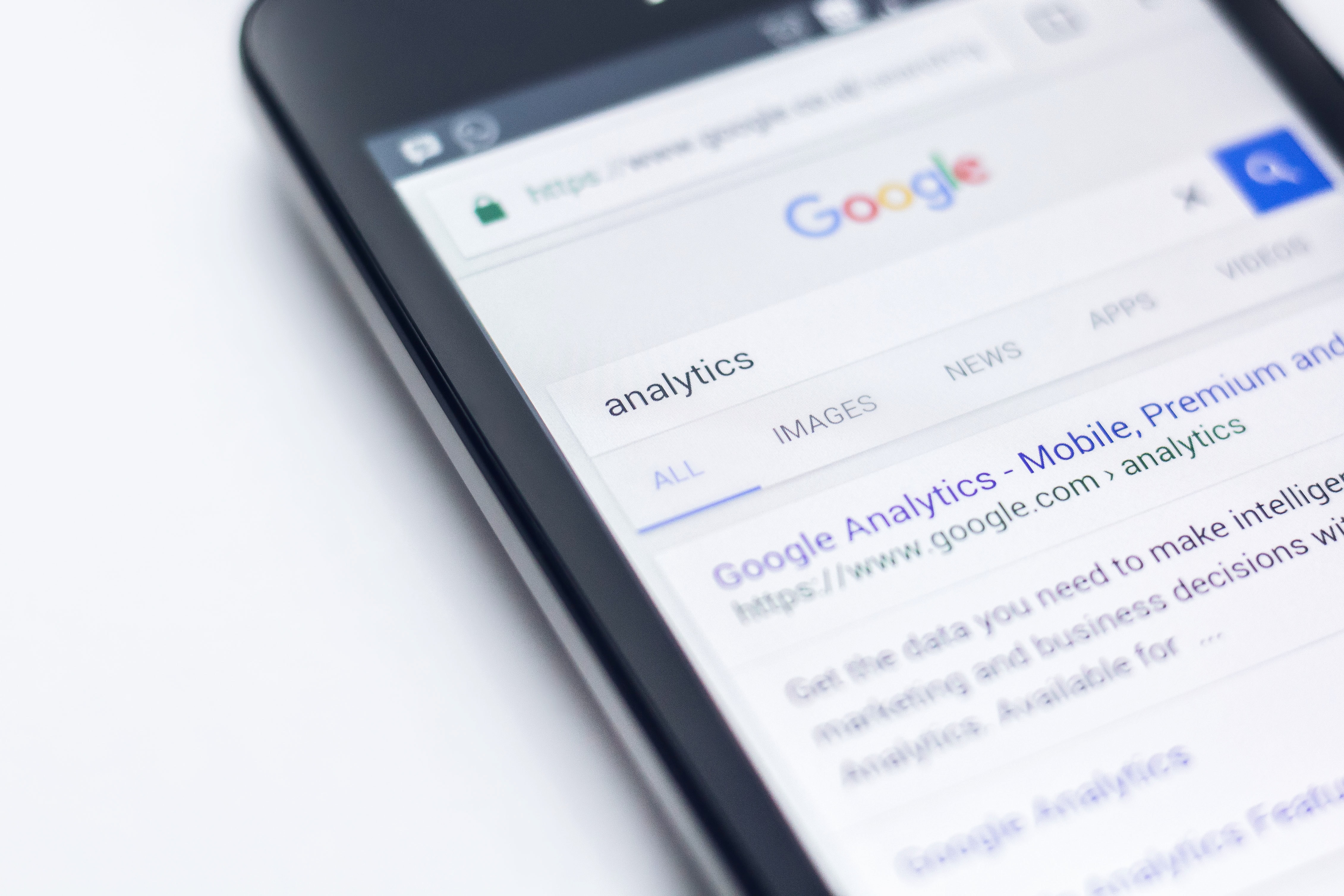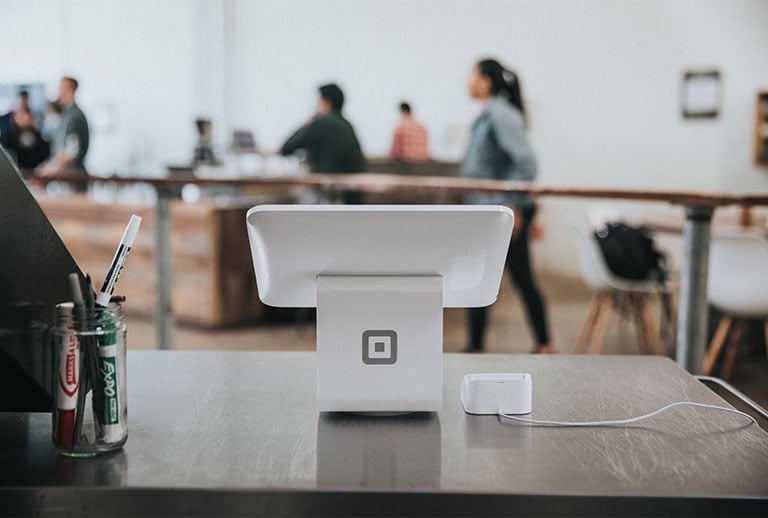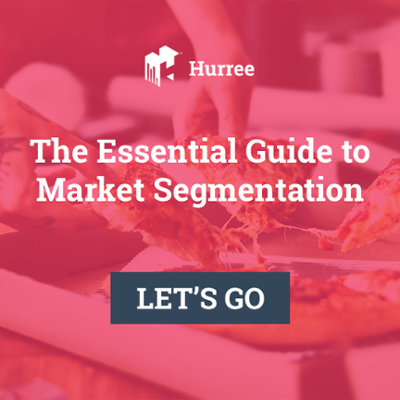Complement your Marketing Strategy with User-Centred Design
Marketing and user-centred design are both driven by research, informed by human behaviour, and validated by results. While the focus is different, there’s a lot of common ground between the two disciplines. Let’s put a definition on each practice and explore how they can complement each other throughout a prospective customer’s journey.
Marketing
Marketing is a company’s strategy to generate leads and earn repeat business from customers through value exchange. The value exchanged isn’t always about products and revenue – it can also include less tangible things like brand alignment and advocacy. While some marketing activities could be considered an art (such as communication and branding), marketing can also draw on scientific approaches to measure its performance against strategic objectives. Above all, marketing is concerned with how businesses interact with people.
User-centred design
As an approach to creating products, services, and customer touchpoints, user-centred design starts with understanding what the user needs, feels and expects, and works backwards. As an outcome, it’s the thing that user experience (UX) practitioners set out to accomplish, which is to solve problems for users and ultimately earn customer loyalty. For a design to be user-centred, designers lean on a variety of research methods to uncover the user’s perspective. They focus on questions like:
- What do you feel about [company] when you use their website to complete a task?
- What are you looking for, and where would you expect to find it?
- Based on your checkout experience and what happened afterwards, do you 100% trust the company to fulfil the order?
There’s overlap between what marketing and UX set out to achieve and some of the activities they each perform. Both are concerned with drawing honest feedback from customers and prospects. They both use that feedback to optimise touchpoints and interfaces between the person and the business. The major difference is that marketing mostly focuses on getting attention from the customer while UX mainly focuses on giving attention to them. Ultimately, they are both working towards the same goal, which is to turn prospects into happy customers by understanding what they value and delivering solutions to them.
The rest of this article explains how marketing and user-centred design can (and should) work in tandem to lead prospects through each phase of the sales funnel.

Source: Fathom
1. Awareness
A customer journey begins with a person (prospect) looking for a solution to a problem. Initially, they may not know how to fully articulate the problem because they only understand the effects of the issue. For example, somebody who feels they’re paying too much for their car insurance might begin their search by looking for a free quote generator. The solution they need could be multi-car cover, but the prospect may not know this yet. It’s up to marketers to anticipate the prospect’s search intent and intercept it with strategically placed content and the best solution.
While generating awareness is largely driven by marketing, UX also plays an important role. Remember that Google tends to be the first port of call for a lot of problem diagnoses. Being on page one (and particularly the positions above the page fold) carries authority and has a positive impact on how people perceive a brand. And climbing the SEO ranks increasingly relies on user-centred design.
 Source: Unsplash
Source: Unsplash
Google’s mercurial Search algorithm has rewarded good user experience for a while now, making things like page load time and engagement with content key considerations for how high a page will rank. Here are some UX signals that Google currently considers in search ranking:
- Mobile-friendliness
- Safe browsing (no malware, harmful downloads, etc.)
- HTTPS-security
- No Intrusive Interstitials (don’t cover content with ads)
New changes to Google’s Search algorithm in 2021 will revolve around their Core Web Vital, which you can read more about here.
Google Core Web Vitals:

Source: Google Chromium blog
2. Discovery
Discovery relates to the first time a customer intentionally touches base with your brand. Whether or not this is a meaningful encounter relies heavily on marketing and UX working well together.
The brand represents a ‘promise’ to its customers. These are often underpinned by a supporting set of values. Landing-page content has got to grab and maintain the user’s attention, but it also has to convey the intended personality traits of the brand, whether that’s authority, excitement, sincerity and so on. Furthermore, it has to represent a clear solution to the user’s search intent. People need to know that they’re in the right place and feel good (or at least positive) about your brand and offering.
How people feel about your brand can be made or broken by the experience of using a landing page. Google tells us that as page load time goes from one second to three seconds, bounce rate increases by 32%. So if your landing page describes your company as ‘innovative’ but takes a while to load up, there’s a potential mismatch between your messaging and the experience, which can linger in the prospect’s mind after they’ve left. Likewise, if the page content doesn’t match the tone and topic of what they saw in the previous touchpoint (search result snippet, social post, PPC ad etc.) they might doubt that they’ve found a relevant solution. However, a logical page layout that quickly gets to the point and presents a clear call to action can add a lot of credibility to your brand.
As mentioned before, getting UX right in the discovery phase feeds into awareness because Google rewards sites that get meaningful engagements.
3. Evaluation
Once you have a prospect’s attention, it’s time to work towards winning them over. Your value propositions have to work hard to demonstrate how you differ from other brands. We often find that the most viewed pages on B2C sites are product/feature pages and on B2B sites it’s the about/team page, which tells the user more about what they’d be getting for their investment. Other marketing touchpoints matter here too, like email campaigns, free trials, and retargeting ads. Good creative marketing can help to visualise products and services, educating people on why and how to use them.
User-centred design complements marketing in the evaluation phase by looking at it through the lens of task-completion. User research can answer big design questions, such as:
- How do users expect to navigate around the website to find what they’re looking for?
- How should products and services be grouped to help users understand what fits their needs?
- Where and when do users need to compare products or see recommendations?
- How can pricing be visualised in a way that’s simple yet persuasive?
 Source: Unsplash
Source: Unsplash
User-centred design helps users to complete tasks on other touchpoints, too. For example, email templates should be designed from a user’s perspective, so that useful content is visible without having to scroll in search of it, and everything needs to work well on mobile. If you’re offering users a free trial of a platform it should be intuitive to use, and if it includes any tutorials or onboarding features, make sure these are helpful and unobtrusive.
4. Intent
Once a prospect has emotionally committed to a sale they begin the journey of making a purchase. The goal to track here might be for them to drop an item in their basket or navigate to a contact page to arrange a consultation. This is like the moment a shopper makes the decision to buy an item in a store – they’ll instinctively begin to seek the checkout. Marketing’s job now is to describe and clarify how they can take action and remove as many barriers as possible. For example, a user on an e-commerce site could be committed to the product, but they might hesitate if they don’t know where it can be shipped to, how much that will cost or whether tax is included. Likewise, a user on a professional services site could be unsure as to who the right person is to contact or what additional set-up costs might be involved.

Source: Unsplash
UX researchers can find out what questions go through a prospect’s mind before they reach the checkout or conversion flow. They can collaborate with designers to alleviate users’ doubts with strategically placed content, such as help text and total-cost accumulators. Placing the basket, check-out and contact buttons where users expect to find them is important – as is the ability to easily undo an action or remove an item.
5. Purchase
The purchase phase is where things tend to get more functional and is often a big focus area for user-centred design projects. It’s the moment where the user is asked to financially commit to the promises made by the brand. Typically, users find themselves in checkout flows and, much like the queueing area in a physical store, there’s still a chance for shopping cart abandonment. Some of the elements they encounter include forms, stepped processes and links out to third-party payment processors. Some risks to a smooth experience here include:
- Users feeling pressure to fill in many fields at once, with perfect attention to detail
- Using a form layout that makes the user have to look in multiple directions to review everything
- Making it hard to undo one action without undoing every action
- Taking users to a different URL or a page with no navigation and different styling
- Ending with a blank screen or no confirmation of payment.
Such risks can be mitigated by:
- Enabling autofill and clearly labelling each form field
- Stacking form fields vertically, making them flow nicely and ensuring easy access on mobile
- Breaking down lengthy checkout experiences into manageable step-by-step stages, with a progress indicator to track what they’ve done and what’s left to do
- Ensuring the checkout maintains consistent branding and design patterns with the rest of the site
- Reassuring users that the payment was confirmed and their order will be delivered, via an informative thank-you page and quick follow-up email.
Trust signals also play a key role in conversion rate optimisation. If you’re using Paypal, include the standard logo along with the button for that option. Don’t try to trip users up with confusing opt-in language for their marketing choices. And let users see a transparent breakdown of the total cost of the transaction throughout the checkout. As with any of the sales funnel phases, the goal during purchase is to anticipate the user’s doubts and remove them in a timely manner.
6. Loyalty
Loyalty involves everything that happens after a purchase, from delivery updates through to the continued use of the product or service and ultimately turning customers into advocates or repeat buyers. Post-purchase is where people find out if the promises made by the brand are legitimate.

Source: Pexels
Marketers and UX practitioners can interact with customers post-purchase in many different ways depending on what’s been sold. Regardless of whether the customer-brand connection is transactional or relational, a lot of value can be gained by engaging with customers for feedback, focusing on user experience. For example:
- Understanding what it’s like to use your website for the first time
- Adapting your thought leadership content to better educate new prospects
- Improving the onboarding process for your product to help users get the most out of it
- Learning how people perceive your brand before and after purchase, and addressing any gaps.
Conclusion
In many ways, the experiences that consumers have with marketing touchpoints define how they perceive a brand. These experiences are often what people use to describe the company to others, and we know that personal recommendations are still a highly effective form of advertising. If branding is what your customers say about your company when you’re not in the room, experience is how you treat those customers when they are in the room. Good marketers recognise that creating consistency between the messages they send out and the experience they give to people is the best way to build a brand that’s authentic and sustainable.
 Andy Robinson
Andy Robinson
UX Research & Marketing Executive
Fathom
Andy conducts user research as part of Fathom’s multidisciplinary UX team. He uses robust research methods to engage with users, gather insights, and make evidence-based design recommendations.
Share this
You May Also Like
These Related Stories

[Video Interview] Let's Talk About Product Design

The 4 Simple Factors to Boost your User Experience
-1.jpg)


